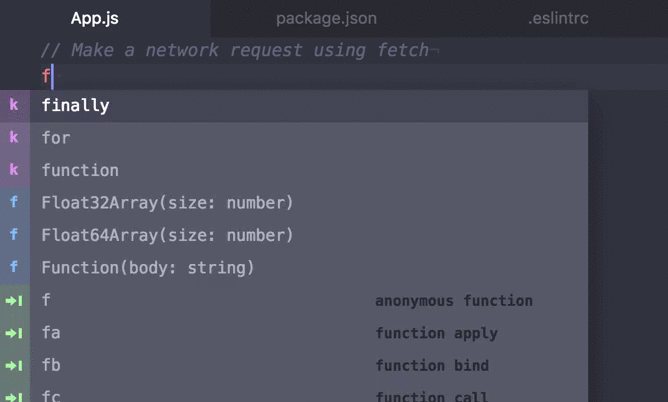Lint the browser compatibility of your code
npm install --save-dev eslint-plugin-compat {
+ "extends": ["plugin:compat/recommended"],
+ "env": {
+ "browser": true
+ },
// ...
}Browser targets are configured using browserslist. You can configure browser targets in your package.json:
{
// ...
+ "browserslist": [
+ "defaults"
+ ]
}If no configuration is found, browserslist defaults to "> 0.5%, last 2 versions, Firefox ESR, not dead".
See browserslist/browserslist for more details.
Add polyfills to the settings section of your eslint config. Append the name of the object and the property if one exists. Here are some examples:
{
// ...
"settings": {
"polyfills": [
// Example of marking entire API and all methods and properties as polyfilled
"Promise",
// Example of marking specific method of an API as polyfilled
"WebAssembly.compile",
// Example of API with no property (i.e. a function)
"fetch",
// Example of instance method, must add `.prototype.`
"Array.prototype.push"
]
}
}For a minimal demo, see amilajack/eslint-plugin-compat-demo
See the Road Map for the details.
Toolchains for native platforms, like iOS and Android, have had API linting from the start. It's about time that the web had similar tooling.
This project was inspired by a two hour conversation I had with someone on the experience of web development and if it is terrible or not. The premise they argued was that x browser doesn't support y feature while z browser does. Eventually, I agreed with him on this and made this plugin to save web developers from having to memorize the browser compatibility of WebAPIs.
This project exists thanks to all the people who contribute. [Contribute].
Become a financial contributor and help us sustain our community. [Contribute]
Support this project with your organization. Your logo will show up here with a link to your website. [Contribute]

